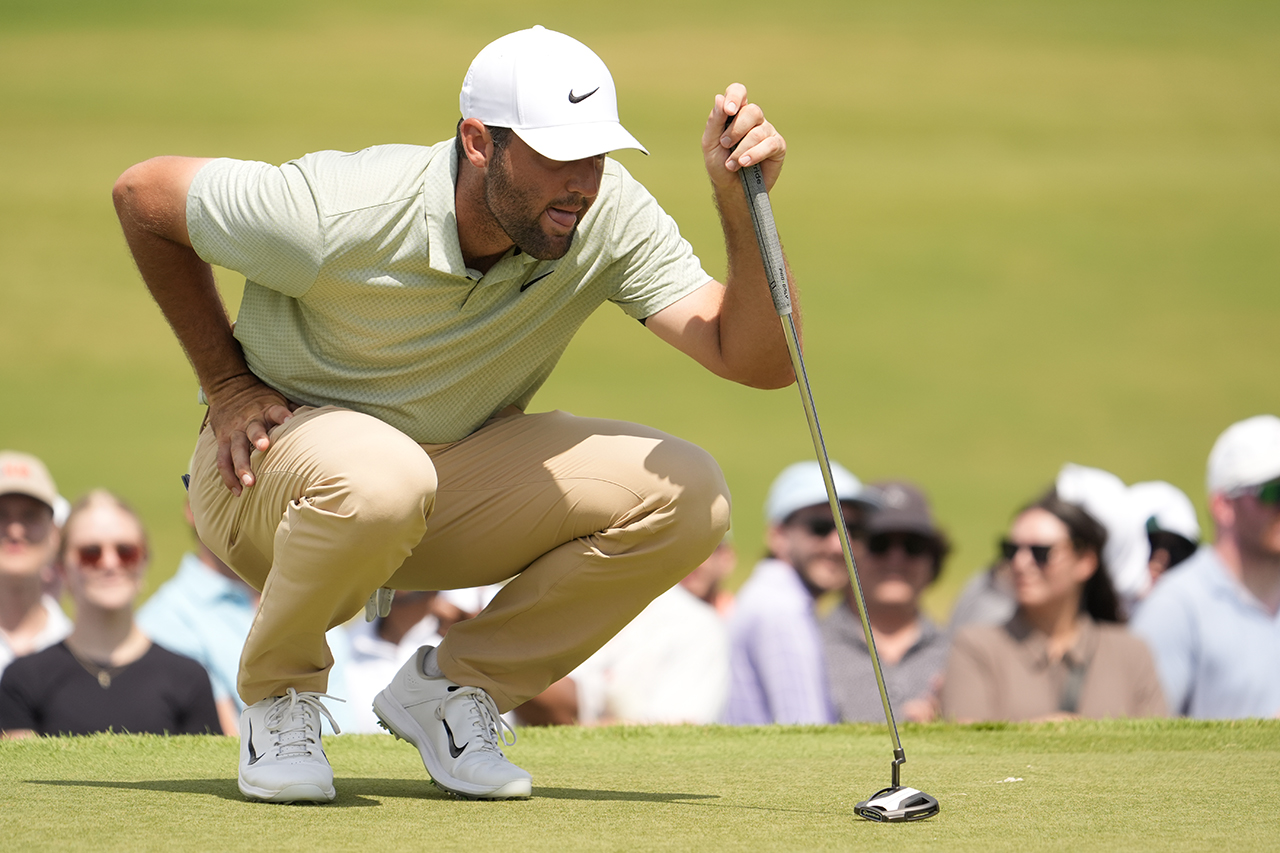It’s hard to believe that there was once a stigma surrounding mallet putters. The thinking was that if you were a good player, you used a blade, and if you struggled on the greens, you played a mallet. But thankfully, times have changed, and that mode of thinking has gone the way of hickory shafts.
Let’s be clear: There is nothing wrong with blade-style putters, but modern mallet putters offer several distinct advantages that blades can’t offer. The most significant is mallets give club designers more space to create effective alignment aids and designs so they can help golfers aim the face more easily. Mallets also tend to offer a higher moment of inertia (MOI) than most blades, so they wobble less when you mis-hit a putt and work to keep the ball rolling on your intended line.
More: Blades, mallets, grips and more: What you need to know about putters
The breakthrough for mallets came about a decade ago when manufacturers started to offer mallets that had some toe hang. Previously, nearly every mallet was face balanced, and therefore ideal for golfers who make a straight putting stroke. Once brands started offering mallets with different hosel configurations and neck designs, putters that are ideal for golfers who make an arced putting stroke caught on with pros and recreational golfers alike.
Now, the list of golfers who use a mallet putter includes Scottie Scheffler, Jon Rahm, Brooke Henderson, Viktor Hovland, Justin Thomas, Wyndham Clark, Xander Schauffele and Rory McIlroy.
The best way to find the putter that is best suited to your stroke and game is to work with a custom fitter, making sure to consider the length, loft and lie angle, as well as the balance. Below is a list of several popular mallet putters that you will see right now in pro shops and golf specialty shops that you might want to consider.

